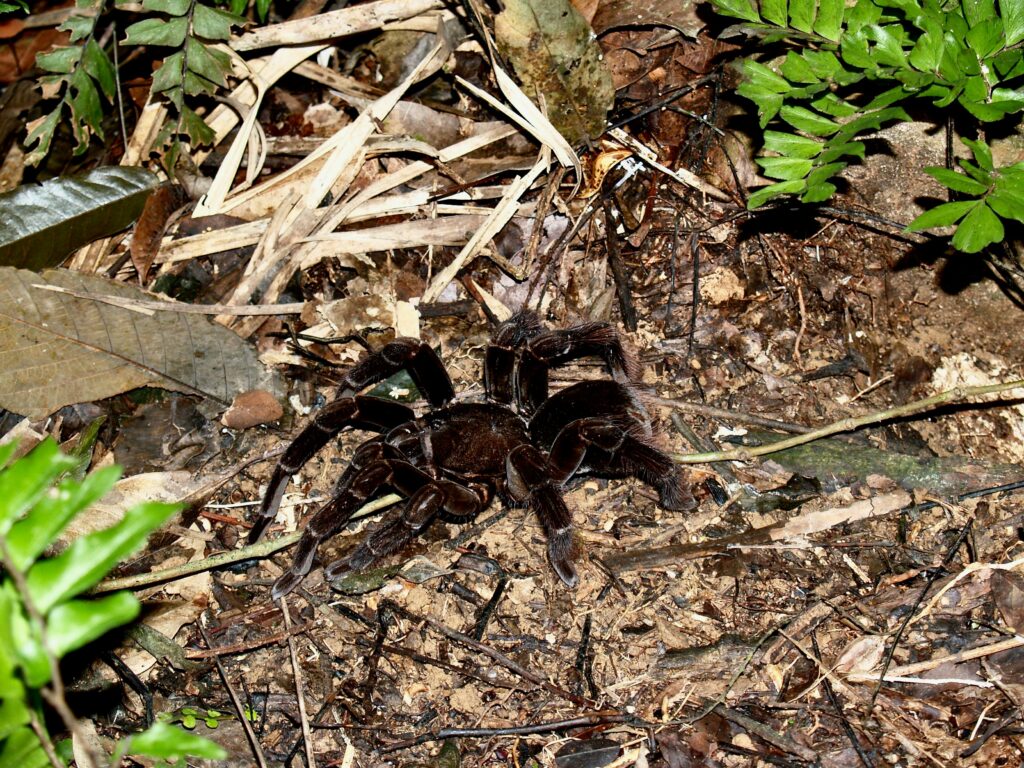In the intricate world of arachnid behavior, some non-venomous spiders employ a fascinating survival strategy: creating false burrows that serve no residential purpose. These deceptive structures, strategically placed near the spider’s actual dwelling, represent one of nature’s most ingenious defense mechanisms. While many spider enthusiasts are familiar with the elaborate web designs of orb weavers or the lightning-fast hunting techniques of jumping spiders, the phenomenon of fake burrow construction remains relatively obscure yet demonstrates the remarkable evolutionary adaptations that have allowed these eight-legged architects to survive against formidable odds. This article explores the surprising world of decoy burrows, examining why certain spider species invest valuable energy in constructing structures they never intend to inhabit.
The Evolutionary Purpose of Fake Burrows
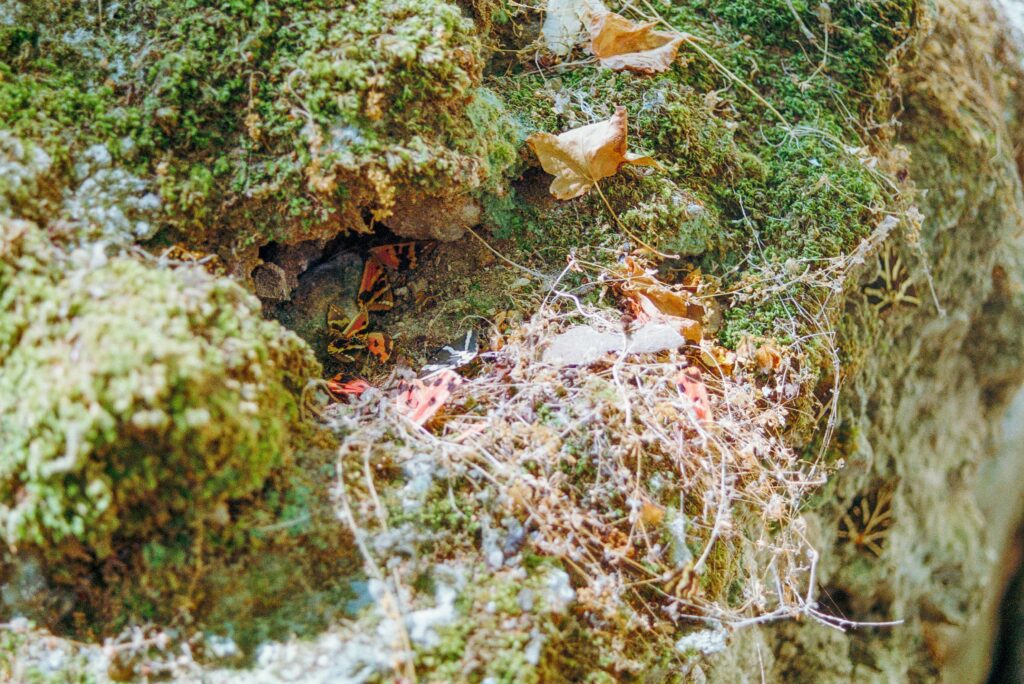
The primary evolutionary driver behind false burrow construction is predator deception, a strategy that has developed over millions of years. When predators like wasps, birds, or mammals search for spider prey, they typically look for telltale signs of spider habitation, with burrow entrances being particularly obvious targets. By constructing multiple fake entrances, non-venomous spiders effectively dilute the probability that a predator will discover their actual residence. Research has shown that spiders employing this strategy have significantly higher survival rates in predator-dense environments compared to those that don’t create decoys. This sophisticated defense mechanism represents a fascinating example of how non-venomous species, lacking chemical weapons, have evolved behavioral adaptations to compensate for their vulnerability.
Notable Spider Species That Create Decoy Burrows
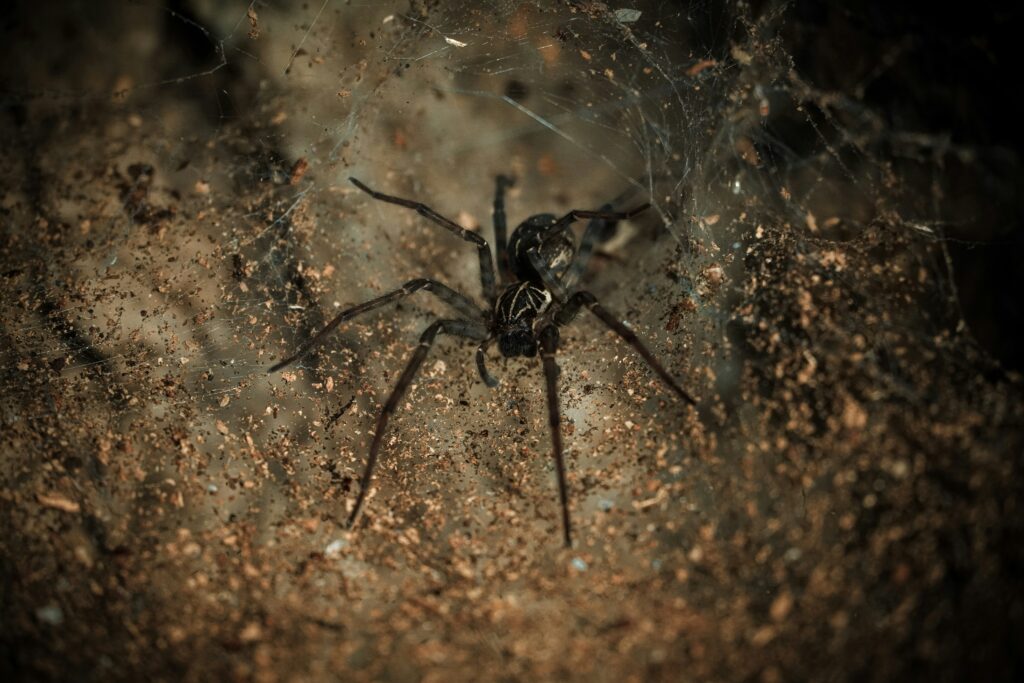
Several spider families have independently evolved the fake burrow strategy, though the behavior is most pronounced in certain groups. The wolf spider family (Lycosidae) includes several species known to create elaborate systems of false entrances around their actual burrow. Certain trapdoor spiders (family Ctenizidae) are perhaps the most famous practitioners, crafting multiple convincing but uninhabited trapdoors near their true home. The desert-dwelling Segestria florentina has been documented creating up to seven fake burrow entrances for every genuine dwelling. The Australian funnel-web spiders, despite being venomous, also employ this strategy as a supplementary defense mechanism, demonstrating the universal value of this adaptation regardless of whether a species has developed venom as a primary defense.
The Architecture and Construction Process
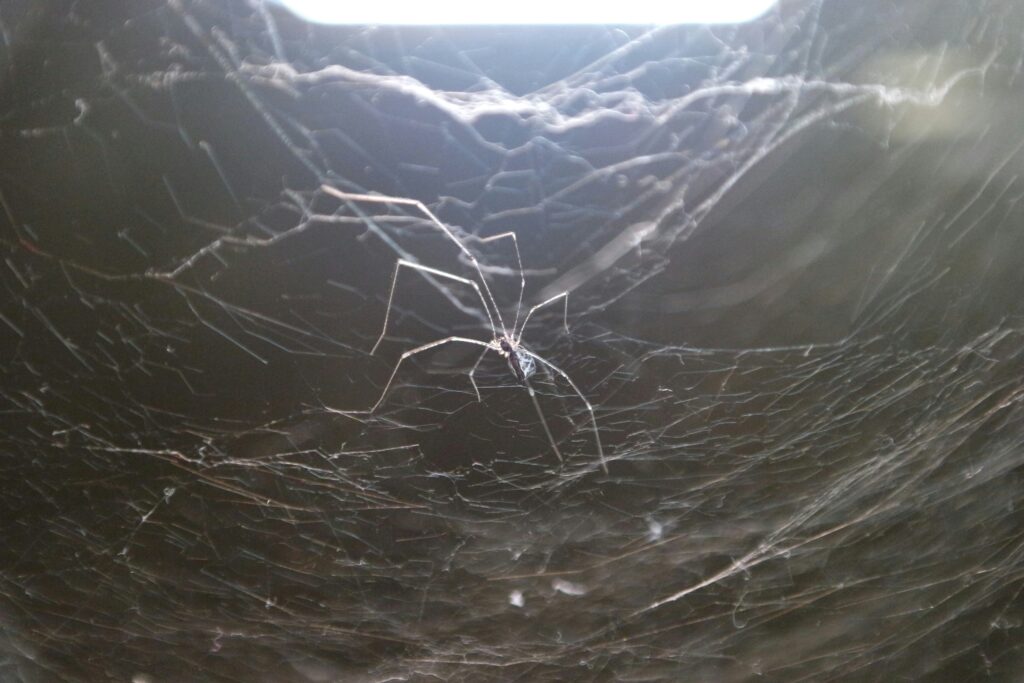
The construction of fake burrows is remarkably sophisticated, with some spiders investing nearly as much energy in their decoys as they do in their actual dwellings. Many species begin by excavating a shallow depression in the soil, lining it with silk to create the appearance of habitation. The process typically takes between 30 minutes to several hours, depending on the species and the complexity of the decoy. Interestingly, most fake burrows include carefully constructed “characteristic touches” that make them appear inhabited, such as silk trip lines around the entrance or small debris arranged in patterns typical of the species’ genuine habitat. Some trapdoor spider species even construct functional lids for their decoy entrances, complete with silk hinges that mimic those of their actual home, requiring significant resource investment but providing enhanced deception.
Energy Investment Versus Survival Benefit

Creating fake burrows represents a significant energy expenditure for spiders, raising questions about the cost-benefit analysis of this strategy. A study published in the Journal of Arachnology found that spiders may dedicate up to 20% of their total web-building or burrow-construction energy to creating decoys. This substantial investment indicates the critical survival advantage these structures must provide. Field observations have confirmed that spiders with multiple decoy burrows experience predation attempts distributed across both real and fake structures, with wasps and other predators frequently attacking the uninhabited decoys. Evolutionary biologists suggest this strategy proves particularly valuable for non-venomous species or those with limited defensive capabilities, as the energy cost of building decoys is less than the potential cost of developing complex venom systems.
Environmental Triggers for Decoy Construction
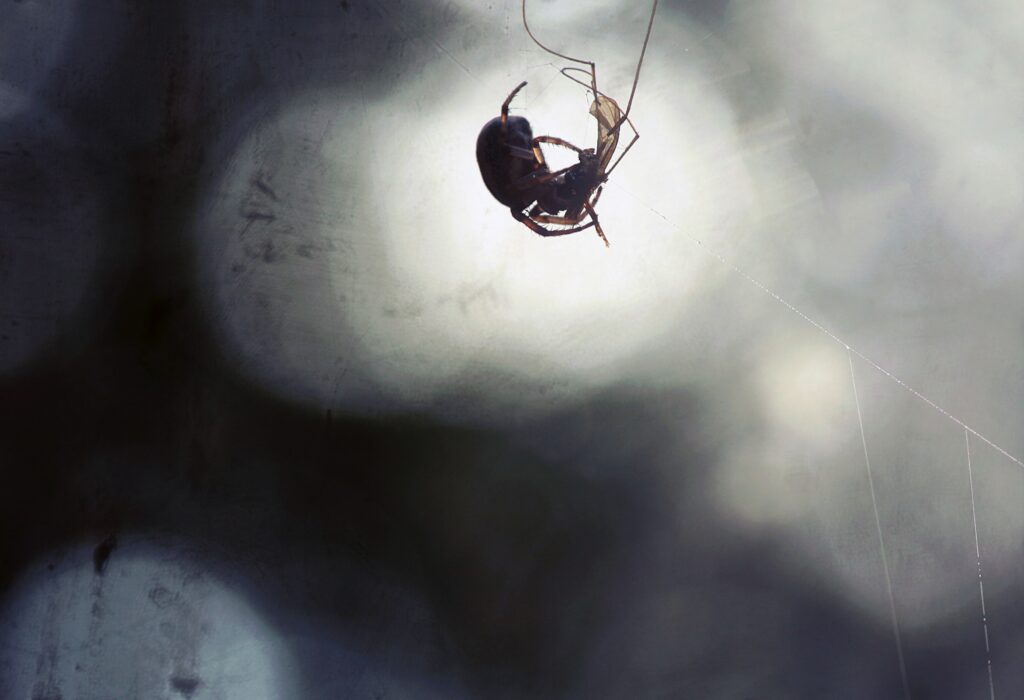
The decision to construct fake burrows is not random but appears highly responsive to environmental cues. Research has documented increased decoy-building activity following encounters with predators or when chemical signals of predator presence are detected. Some spider species will dramatically increase their decoy construction following the disturbance of neighboring spiders’ burrows, suggesting a social learning component to this behavior. Seasonal variations also influence decoy construction, with many species building more fake entrances during breeding seasons when they become more vulnerable due to mating behaviors. Climate conditions play a role as well, with some desert-dwelling species creating more decoys during the dry season when predator pressure increases as resources become scarcer.
Predator Learning and Fake Burrow Effectiveness
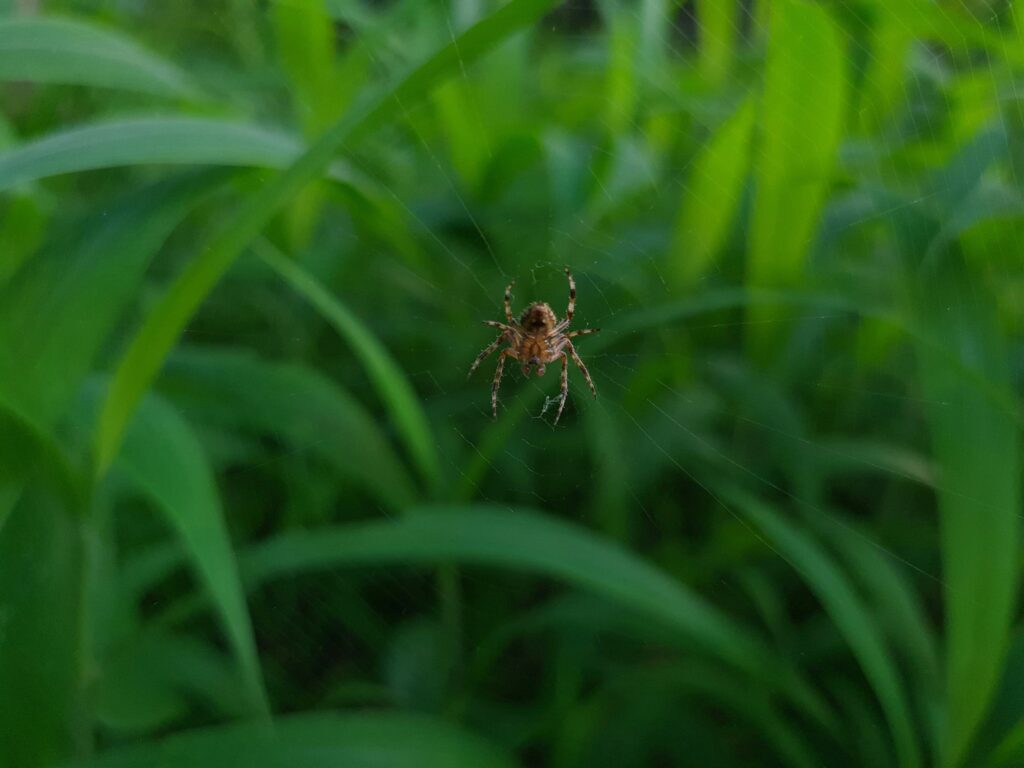
The effectiveness of fake burrows depends partly on how quickly predators learn to distinguish between real and decoy entrances. Research with spider-hunting wasps has shown that these specialized predators can eventually learn to identify subtle differences between inhabited and uninhabited burrows based on factors like silk composition or entrance maintenance. In response, many spider species have evolved increasingly sophisticated decoy designs that incorporate regular maintenance behaviors similar to those performed on their true dwellings. Some spiders even periodically rotate which burrow they actually inhabit, creating a moving target system that makes predator learning nearly impossible. This evolutionary arms race between spider deception and predator learning capability demonstrates the dynamic nature of adaptive behaviors in nature.
Geographical Distribution of Fake Burrow Behavior
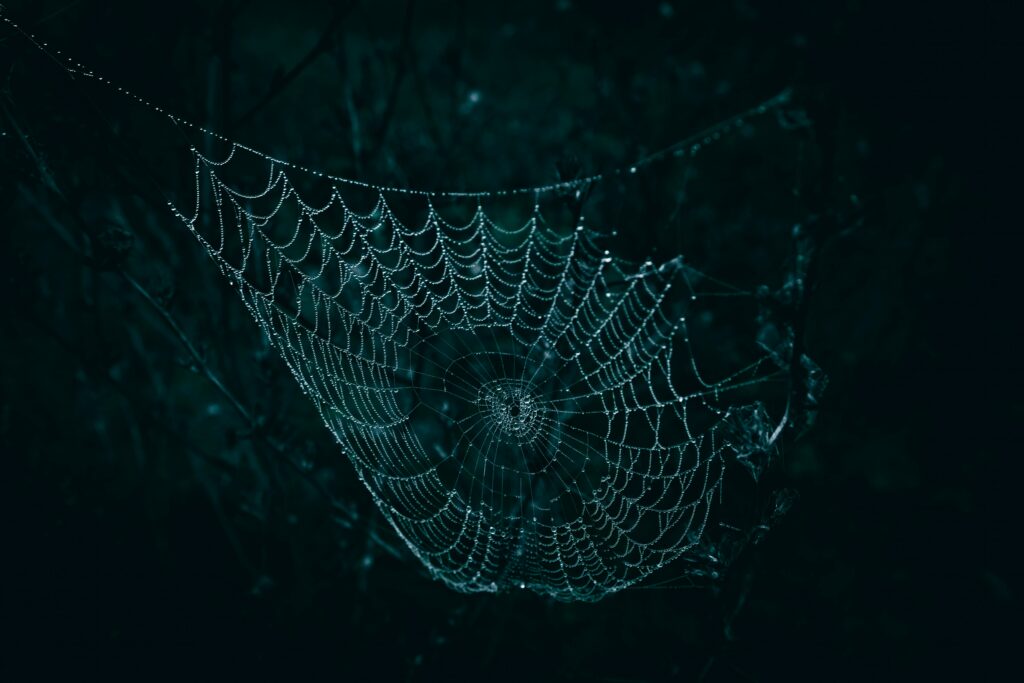
The practice of building decoy burrows shows distinct geographical patterns, with the behavior most common in environments with high predation pressure. Tropical and subtropical regions, where predator diversity and abundance are highest, show the greatest prevalence of this behavior across multiple spider families. Desert ecosystems represent another hotspot for fake burrow construction, likely because the sparse vegetation makes spider burrows more visible to predators, increasing selection pressure for deceptive strategies. Interestingly, island ecosystems with fewer natural spider predators show significantly reduced instances of decoy construction, supporting the theory that this energy-intensive behavior evolves primarily as an anti-predator adaptation. High-altitude environments, despite their harsh conditions, show lower rates of fake burrow construction, corresponding with decreased predator diversity at higher elevations.
Fake Burrows Versus Other Defensive Strategies
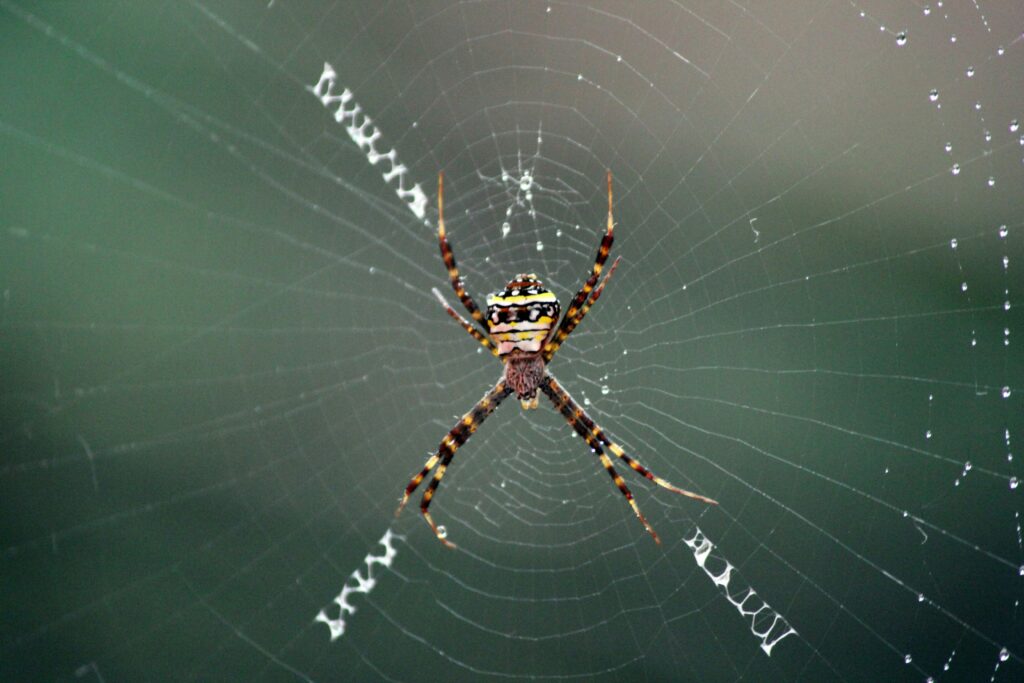
Spider species have evolved diverse defensive mechanisms, with fake burrow construction representing just one strategy in a broader arsenal of survival techniques. Compared to chemical defenses like venom, physical adaptations like camouflage, or behavioral strategies like thanatosis (playing dead), decoy construction represents a relatively uncommon but highly effective approach. Research suggests that approximately 8% of burrowing spider species employ fake burrows as a primary defense strategy. This relatively low percentage likely reflects the considerable energy investment required, making it viable only in specific ecological contexts. Interestingly, species that build fake burrows often employ complementary defensive strategies as well, suggesting that diversified defense portfolios provide optimal survival advantage in complex predator-prey ecosystems.
Silk Composition Differences Between Real and Fake Burrows
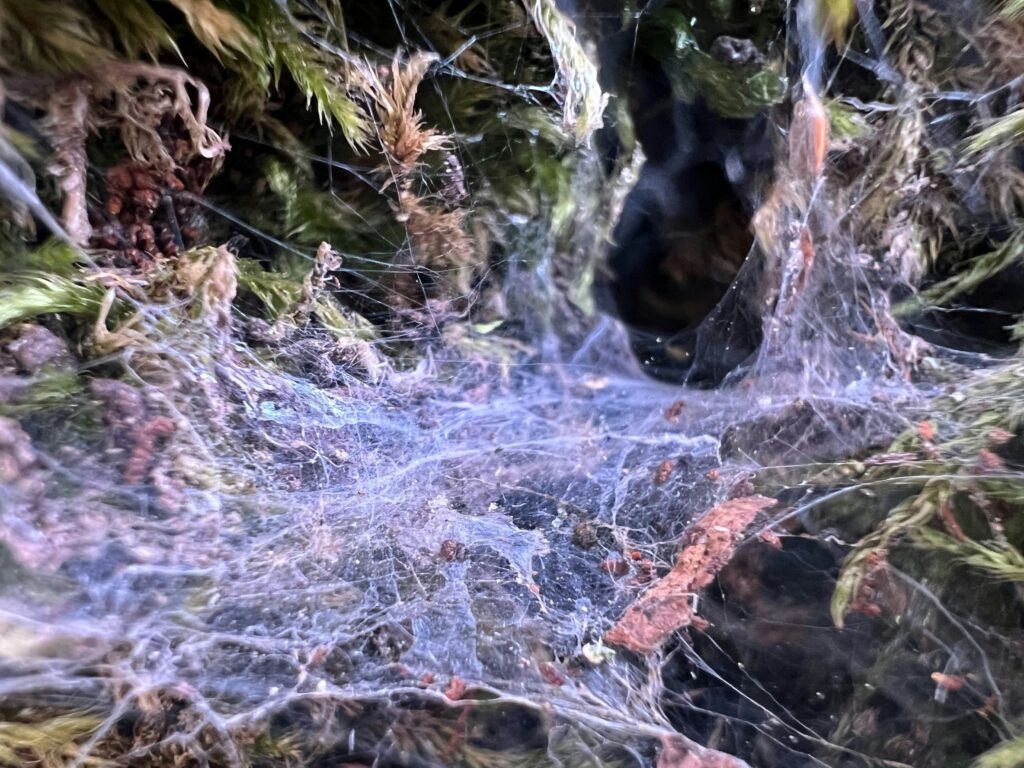
Chemical analysis of the silk used in real versus fake burrows reveals fascinating differences that highlight the sophisticated nature of spider deception. Many species use slightly different silk protein compositions when constructing their decoys, creating structures that appear visually identical but may be less resource-intensive to produce. Researchers at the University of Melbourne discovered that certain trapdoor spiders use silk with up to 15% less protein content in their decoy doors compared to their actual dwelling entrances. Despite this economy, the silk maintains visual and structural properties nearly identical to that used in genuine burrows. Some species even incorporate chemical compounds in their decoy silk that mimic the pheromones associated with spider presence, creating not just visual but olfactory deception to further confuse predators.
The Role of Fake Burrows in Courtship and Reproduction

Beyond predator deception, false burrows sometimes serve secondary functions related to reproduction and courtship. Male spiders of certain species have been observed creating decoy burrows as part of elaborate mating displays, with females assessing potential mates partly based on their decoy-building prowess. The quality and quantity of fake burrows can serve as honest signals of a male’s genetic fitness and resource-gathering ability. In some species, decoy burrows provide temporary refuges during the vulnerable mating period when normal defensive behaviors might be compromised. Certain female spiders have even been documented using abandoned decoy burrows as nurseries for their egg sacs, repurposing these structures to protect their offspring while maintaining their primary dwelling’s security.
Human Applications Inspired by Spider Decoys
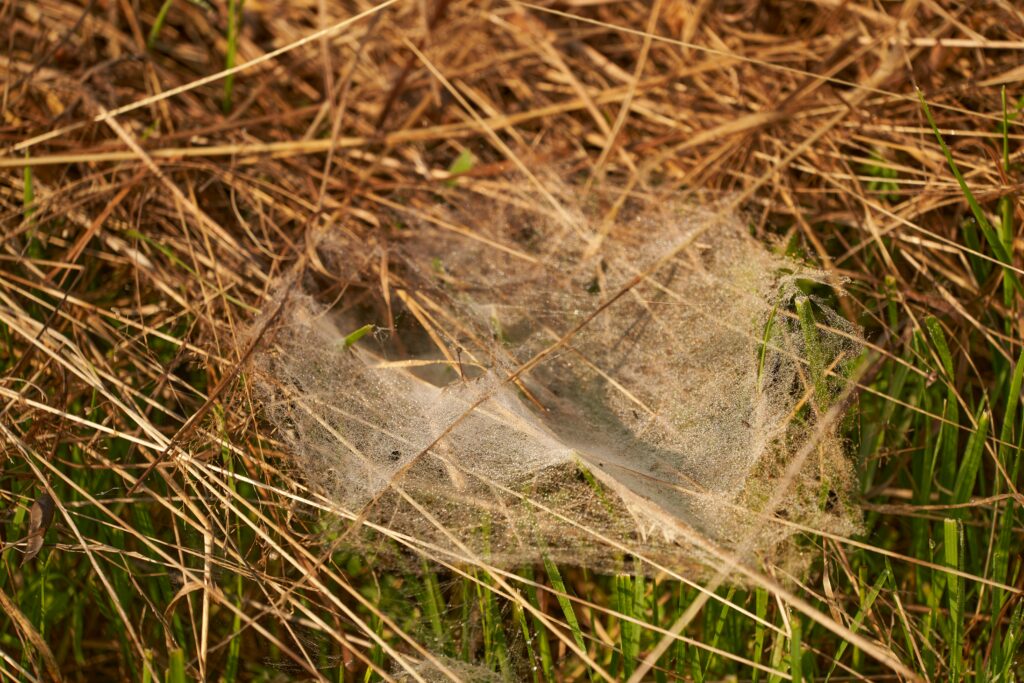
The concept of decoy construction has inspired various applications in human security and military strategy. Defense systems employing multiple decoy targets to protect critical infrastructure draw direct inspiration from arachnid deception tactics. In cybersecurity, “honeypot” systems that create attractive but fake targets for hackers utilize the same fundamental principle as spider decoy burrows. Biomimetic researchers studying spider silk and construction behavior have proposed architectural applications that incorporate redundancy and deception principles observed in spider defense strategies. These human adaptations of spider deception strategies demonstrate how biological observations can translate into practical technological and strategic innovations across diverse fields.
Conservation Implications and Future Research

The study of fake burrow construction has significant implications for spider conservation efforts, particularly as habitats face increasing disruption. Species that rely heavily on this strategy may be disproportionately affected by soil disturbance and habitat fragmentation that disrupt their ability to construct effective decoy systems. Future research directions include investigating how climate change may affect the energy budgets available for decoy construction and whether this behavior demonstrates plasticity in response to changing predator populations. Conservationists are beginning to incorporate knowledge about decoy burrow construction into habitat restoration efforts, ensuring suitable soil conditions for this behavior in rehabilitated ecosystems. As with many complex behavioral adaptations, the more we learn about these remarkable deceptive structures, the better equipped we become to protect the species that depend on them.
Conclusion: Nature’s Masters of Deception
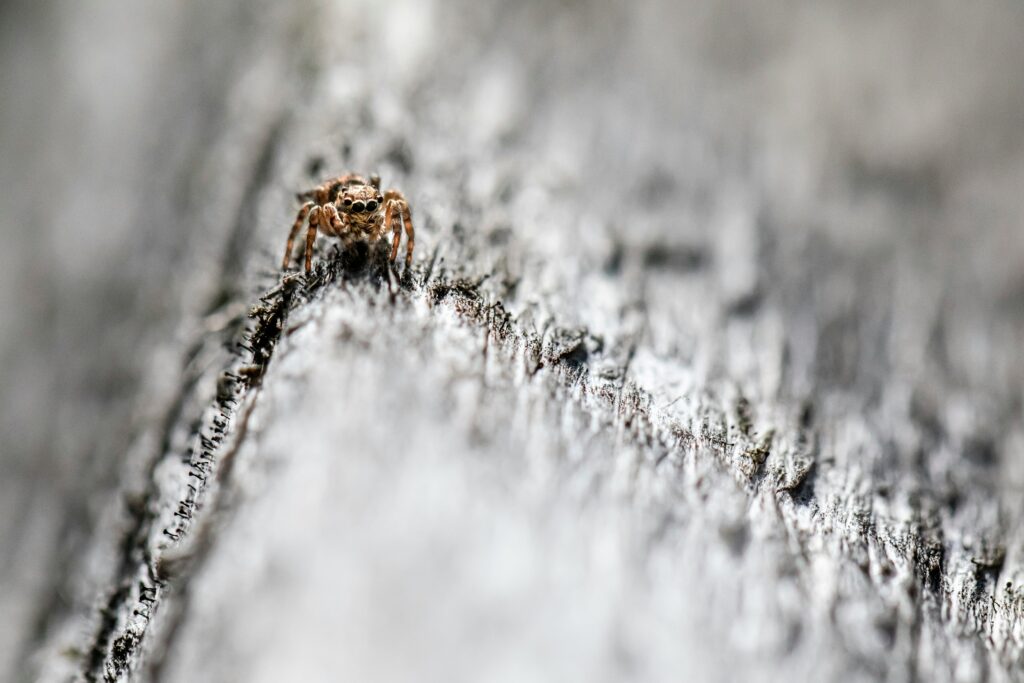
The phenomenon of fake burrow construction stands as a testament to the extraordinary adaptations that have evolved in the spider world. These elaborate deceptions reveal how non-venomous spiders have developed behavioral strategies that compensate for their lack of chemical defenses, demonstrating that brain power can be just as effective as venom in the struggle for survival. As research continues to unveil the complexities of this behavior, from the chemical composition of decoy silk to the decision-making processes that trigger construction, we gain deeper appreciation for the sophisticated cognitive and behavioral capabilities of spiders. The next time you spot multiple spider burrow entrances in close proximity, consider that you might be witnessing one of nature’s most elegant deceptions – a masterclass in survival strategy from one of Earth’s most successful and ancient lineages.

